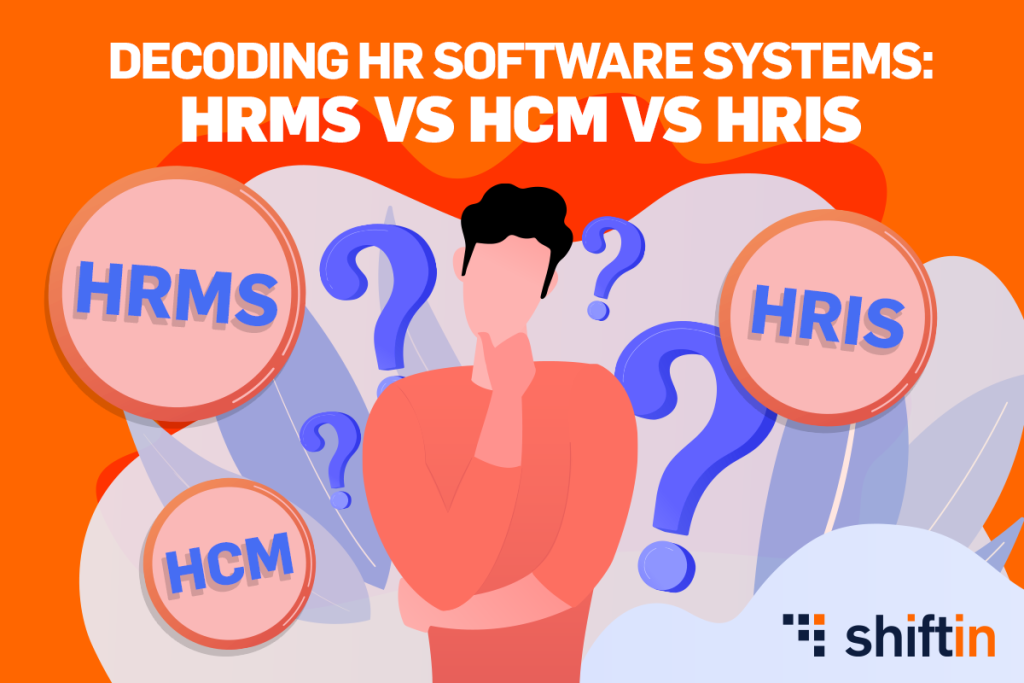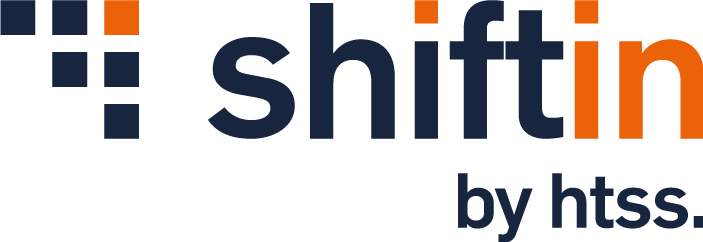In the intricate world of human resources management, there are three powerful acronyms that often dominate conversations: HRMS, HCM, and HRIS. These software solutions play pivotal roles in streamlining HR processes, but their nuances can sometimes create confusion. In this comprehensive guide, we’ll navigate through the intricate landscape of HR technology and shed light on the principal disparities between Human Resource Management Systems (HRMS), Human Capital Management (HCM), and Human Resources Information Systems (HRIS). Let’s dive in and unravel the essence of each term.
Demystifying HRMS, HCM, and HRIS
In the modern business ecosystem, the terms HRMS, HCM, and HRIS are frequently used interchangeably, often leading to misconceptions. However, beneath this linguistic labyrinth lies a clear hierarchy that illustrates their distinct purposes.
HRIS (Human Resources Information Systems)
HRIS serves as the foundational layer of HR technology. It primarily focuses on data management, automating administrative tasks like employee records, attendance, and payroll. Think of HRIS as the fundamental building block that ensures accurate and efficient data storage and retrieval, making it an indispensable tool for HR professionals.
HCM (Human Capital Management)
Moving up the hierarchy, we encounter HCM, which expands the scope beyond data management. HCM integrates various facets, including talent acquisition, performance management, and workforce planning. It aims to optimize human capital utilization, fostering employee development and aligning individual goals with organizational objectives. HCM empowers HR to strategically manage personnel, ultimately contributing to enhanced employee engagement and productivity.
HRMS (Human Resource Management Systems)
At the zenith of this hierarchy stands HRMS, an all-encompassing solution that merges the functionalities of HRIS and HCM. HRMS not only manages data and optimizes human capital but also offers a broader suite of tools, including payroll processing, benefits administration, and compliance management. This comprehensive approach provides a holistic view of HR operations, enabling seamless coordination between various HR functions.
Key Differentiators and Strategic Implications
Understanding the distinctions among HRMS, HCM, and HRIS is pivotal for organizations seeking to elevate their HR practices. Each system brings unique advantages and strategic implications to the table.
Efficiency and Automation
HRIS ensures accurate data processing, HCM empowers talent development, and HRMS combines these strengths with process automation. HRMS reduces manual interventions, allowing HR professionals to dedicate more time to strategic initiatives, enhancing overall operational efficiency.

Making the Right Choice for Your Organization
Selecting the most suitable HR technology solution requires a deep understanding of an organization’s needs and objectives. HRMS, HCM, and HRIS cater to diverse requirements, and the choice should reflect an organization’s current state and future aspirations.
For Staff and Middle Management
If your focus is on data accuracy and administrative ease, HRIS might be the right fit. For those aiming to foster talent growth and engagement, HCM is a compelling choice. Meanwhile, HRMS offers a comprehensive solution for organizations seeking a harmonious blend of both.
For HR and Payroll Professionals
HRIS can simplify data management, HCM streamlines talent processes, and HRMS presents an integrated toolkit for comprehensive HR management, including payroll and benefits.
For Management and C-level Executives
Understanding the hierarchy – HRIS < HCM < HRMS – is crucial. HRIS ensures data accuracy, HCM drives talent optimization, and HRMS orchestrates these functions synergistically, contributing to strategic decision-making.
In the dynamic realm of HR technology, clarity regarding the distinctions between HRMS, HCM, and HRIS is imperative. As each system caters to different aspects of human resources, organizations must make informed choices aligned with their objectives. Whether you’re seeking streamlined data management, talent optimization, or comprehensive HR orchestration, the right solution will pave the way for enhanced employee satisfaction, improved operational efficiency, and strategic growth. One such advanced software solution for automated shift scheduling is shiftin. shiftin not only adapts to your organisation’s needs, but also integrates seamlessly with HRMS, HCM and HRIS systems. This compatibility ensures effective synergy between HR management and optimal shift planning, helping to increase efficiency and employee satisfaction.





